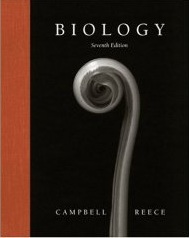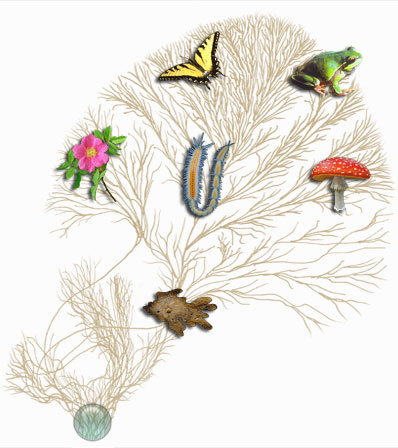
When I was younger I was fascinated about how other people's minds worked. I was intensely curious about whether other people had a mind full of junk all the time and whether they were constantly making the same sort of apparently random links and jumps.
I was recently reassured to see
this animated cartoon by Scott Bateman which illustrates what happened inside Bob Harris's head when faced with a Final Jeopardy question. (Bob Harris is an American radio commentator, writer, stand-up comedian, Jeopardy contestant and
blogger.)
I'm always reminded of this when I try to write exams. It is so difficult to try and step back and see questions as others might see them. I've also been talking with Mike Moser and some others about ways to help people who learn the material, feel they understand it, and yet are disappointed by their midterm results. (There was an
earlier blog posting on this if you missed it, and a
list of advice is on the Bio1b website.)
Speaking with a couple of separate people this week I realized I need to add a section here on time management. I'll illustrate this for a Bio1B midterm but the principal applies to lots of other exams.
Let's assume that you find 35 of the 50 questions straightforward, they only take you a minute or so, let's say 40 minutes total.
There are another 10 questions that you find harder, maybe they are problems, or take extra reading or calculation. You take two minutes over each of these for a total of 20 minutes.
You now have 20 minutes left for the last 5 questions which you are really puzzling over. It is pretty easy to spend most of this time puzzling over these questions and only leave a few minutes for a cursory check of your answers to the earlier questions. You become obsessed by the harder questions at the expense of checking for errors on the easier questions.
However, if you are anything like me, you have probably made at least half a dozen mistakes on those 35 'easy' questions because you misread the question, filled in the wrong entry on the scantron, failed to notice a negative qualifier etc. etc. Fifteen minutes spent checking your answers will probably bring you much better returns than agonizing over the questions you find hardest.
A better strategy, in this example, would be to allot about 1 minute per question to work through the entire 50 questions. Some questions may take less time but try not to go beyond 1 minute on any question. Cross out answers you know to be wrong as you go along. If you run out of time then put a question mark by your best guess and move on. You should finish this in under 50 minutes. Now split the remaining time in two parts. Spend half the time (15 mins) checking your answers. Make sure you read the question correctly. Look for negatives and qualifiers. In doing this you can take another look at the questions you didn't complete the first time. Something new might come to you. Finally, divide the last 15 minutes between the questions that remain.
Labels: Examinations
 New Scientist have just done one of their Instant Expert guides to Human Evolution. There is also a useful timeline, a nice set of recent articles on human evolution and even 'infrequently asked questions' (in this case: Over the past few hundred thousand years, humans have greatly increased in intelligence and in the size of their brains. As intelligence appears to produce an advantage to survival, I wonder if all animals show a tendency to evolve greater intelligence over time. Or is the value of intelligence overrated?).
New Scientist have just done one of their Instant Expert guides to Human Evolution. There is also a useful timeline, a nice set of recent articles on human evolution and even 'infrequently asked questions' (in this case: Over the past few hundred thousand years, humans have greatly increased in intelligence and in the size of their brains. As intelligence appears to produce an advantage to survival, I wonder if all animals show a tendency to evolve greater intelligence over time. Or is the value of intelligence overrated?). 





















